Fabulous Phonics in Year 2
·Article: Sandy Luo·
·Photo/Sandy Luo Christy Chen·
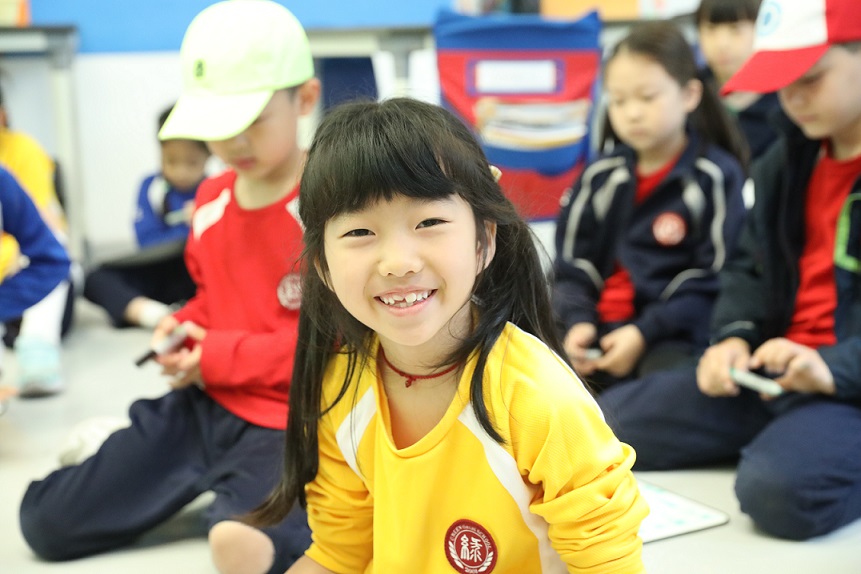
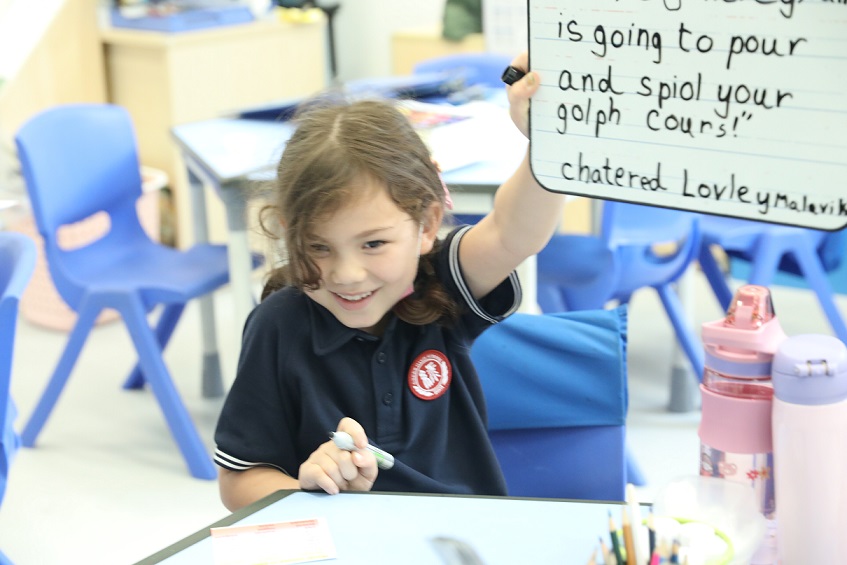
Having phonics is a great idea for year 1 and year 2 to give students some skills for reading words aloud in reading task, helping them with writing assignments, and giving them a chance to have a better pronunciation in conversations.
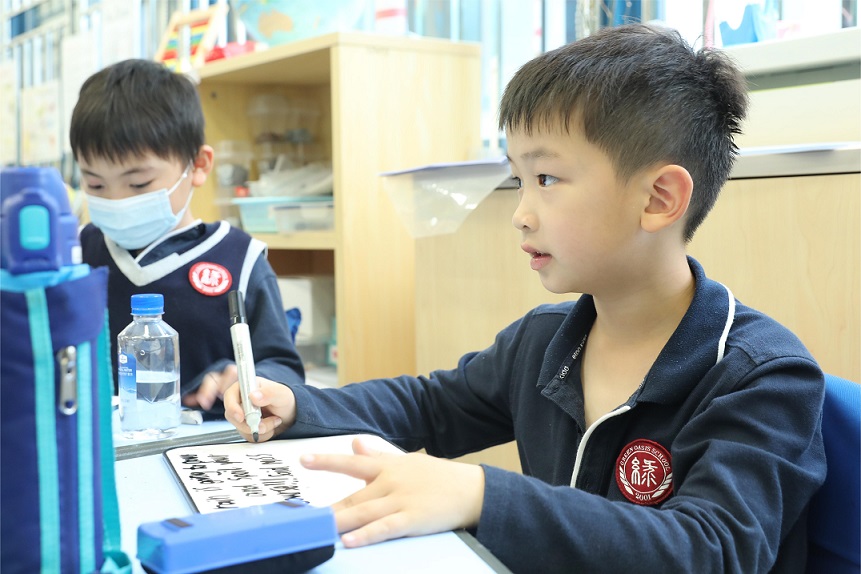
The English language has very distinct sounds that we can combine to make different words. This passage will talk about phonics which we teach in our year 2. There is no doubt that we put a lot of emphasis on phonics in the lower year groups. We do phonics almost every day to help the children memorize the sounds and the rules in different activities.
#Phonics materials
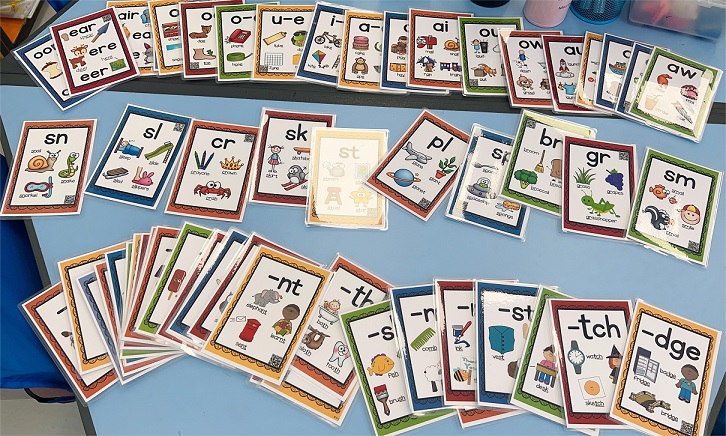
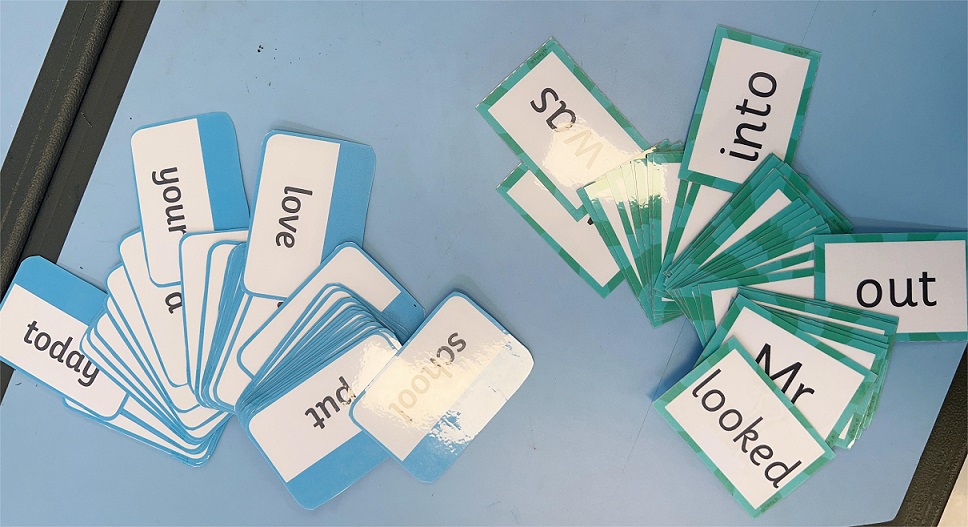
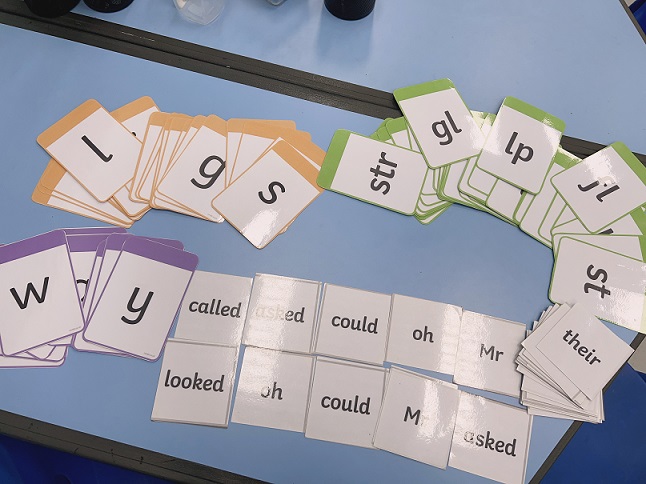
There are 6 phrases in phonics learning from basic to advanced. There are 44 basic sounds, but we can find different letter combinations for the same sound and alternative sounds for the same letters. Phonics learning starts out for year 1 in our school and continues in year 2. In addition, year 2 must memorize an additional 200 high frequency words, some of which do not follow the phonics rules. It is useful to have different and colorful materials to practice phonics successfully.
Flash cards with pictures and words can make it easier for students to memorize words and get meaningful input. Flash cards containing only words are a useful tool for quick response activities and memory games.
#The display boards for phonics
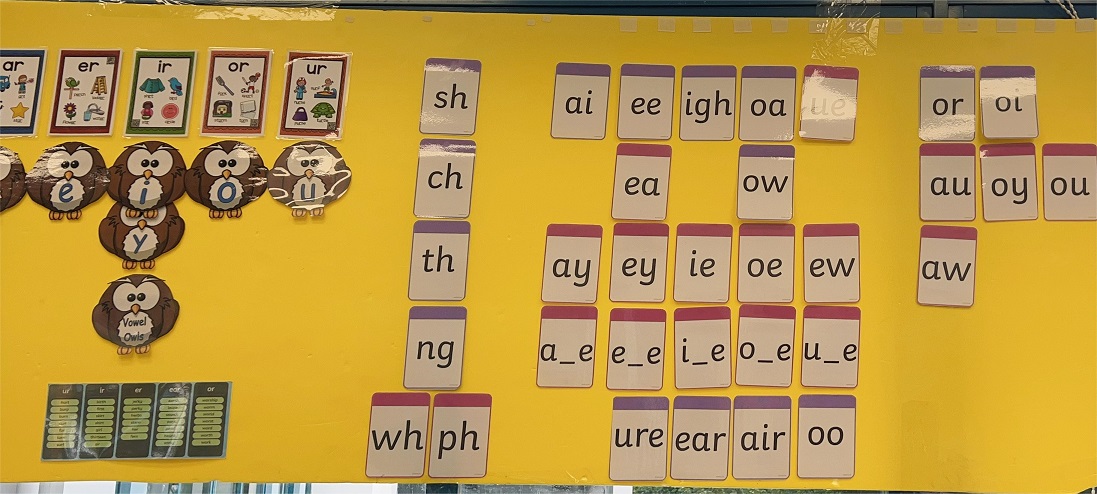
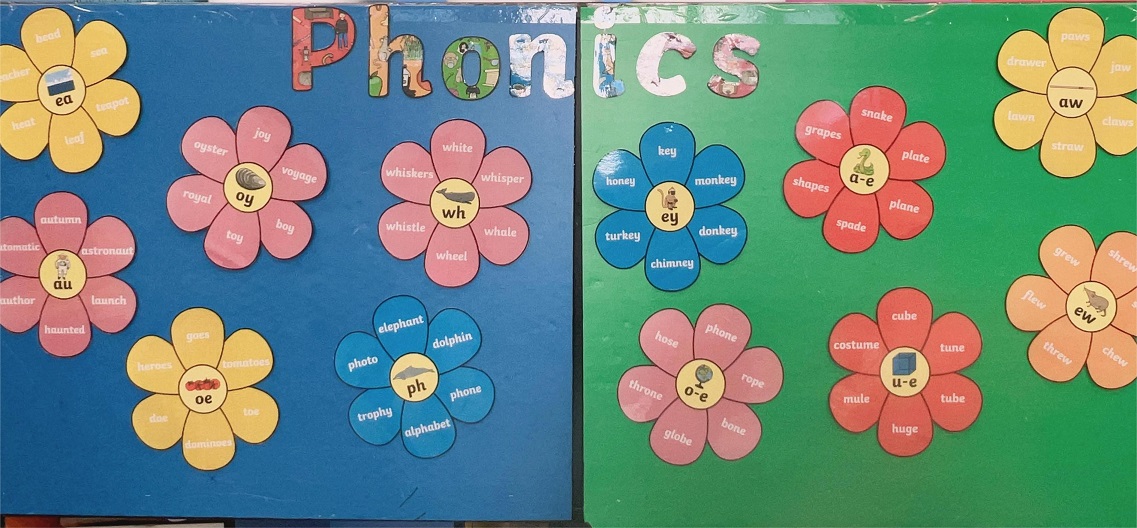
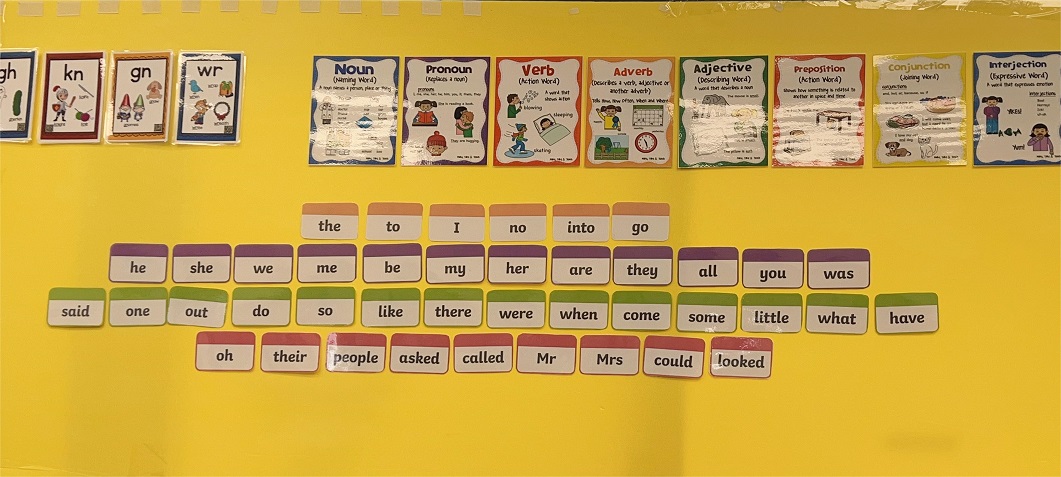
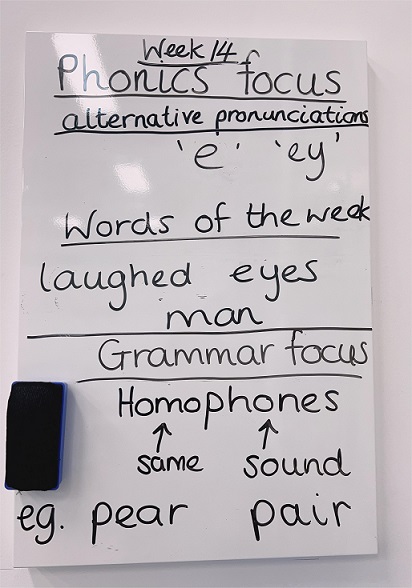
To help students make better use of phonics skills, we have placed several organized display boards in our classroom. If we keep telling the sounds to the students every day, they will remember them. When we need to read or write unknown words, we can use the display board to help students remember the phonics rules.
#Phonics activities
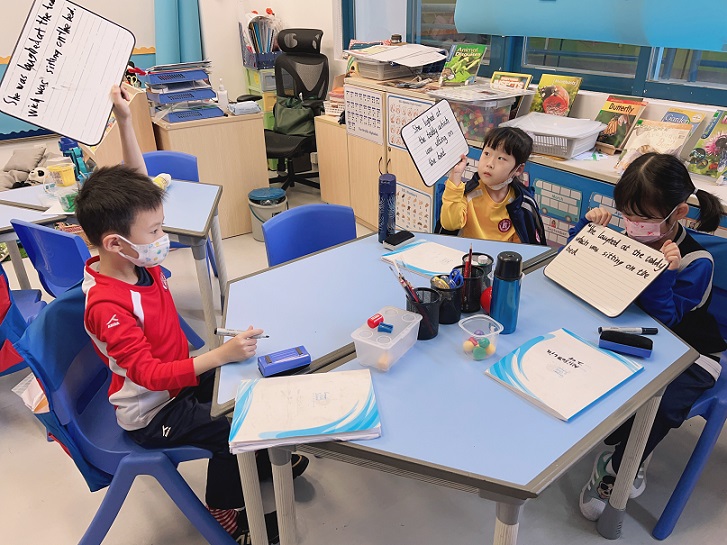
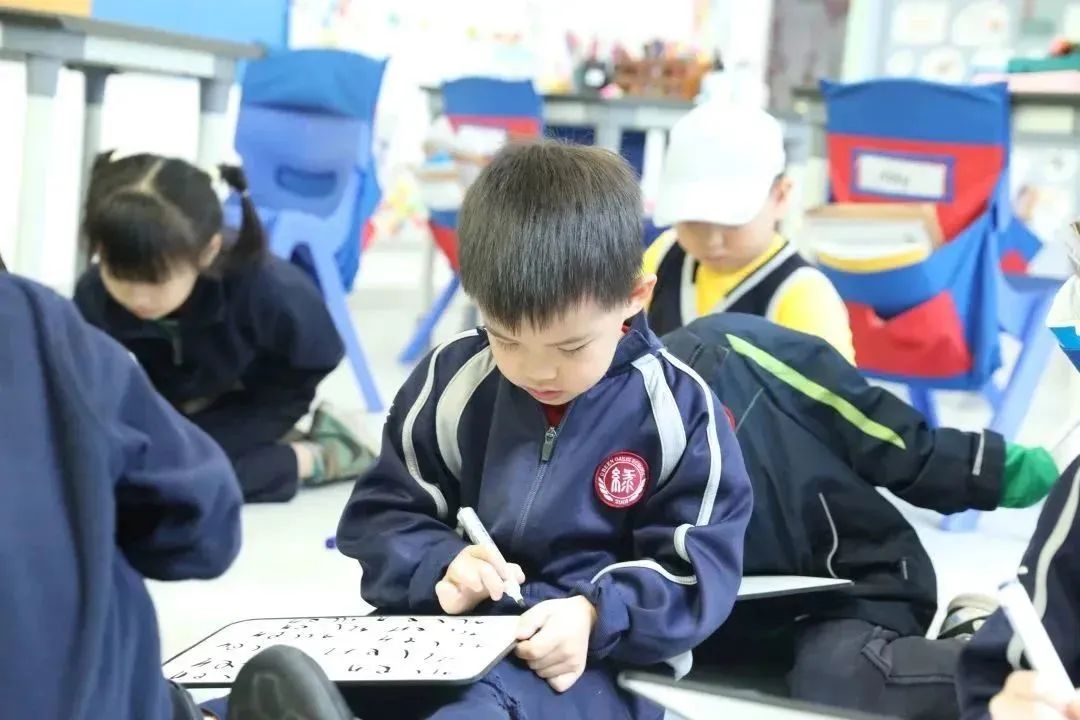
In grade 2 phonics class, we like to stick to the same routine so that students know all the instructions very well. If we have enough time, we do some phonics activities or games to make it fun for the students. Our favorite phonics activities include guessing games, puzzles, letter changing games, bingo games, rhyming or alliteration words, quick response games, card games, spelling contests, tic-tac-toe, etc.
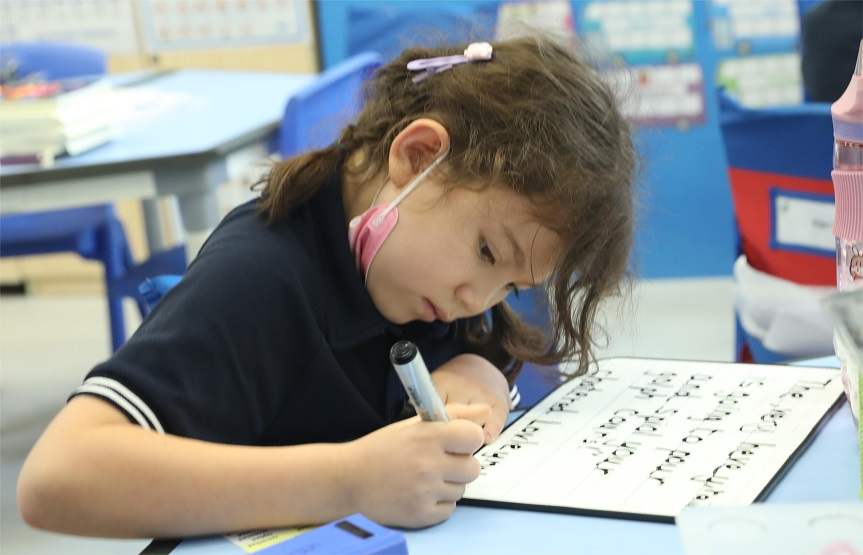
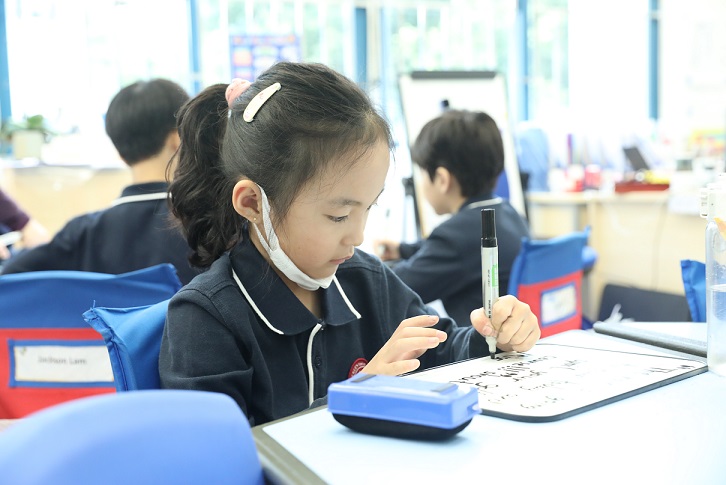
Students were having the phonics lesson.
#Use phonics in reading
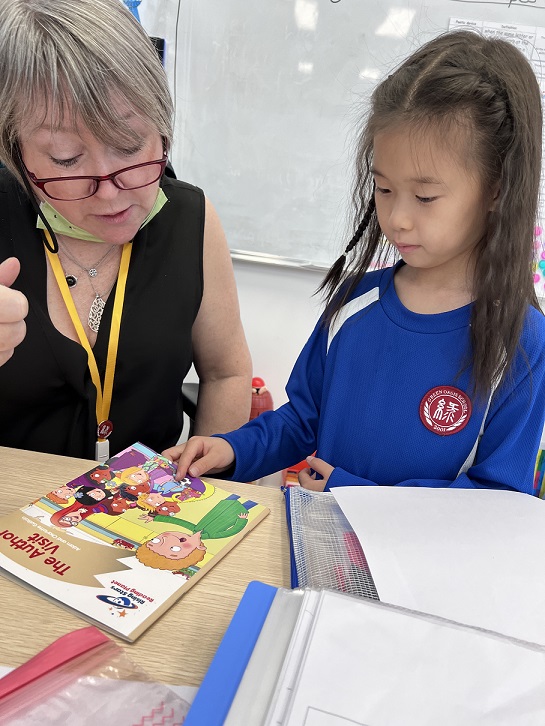
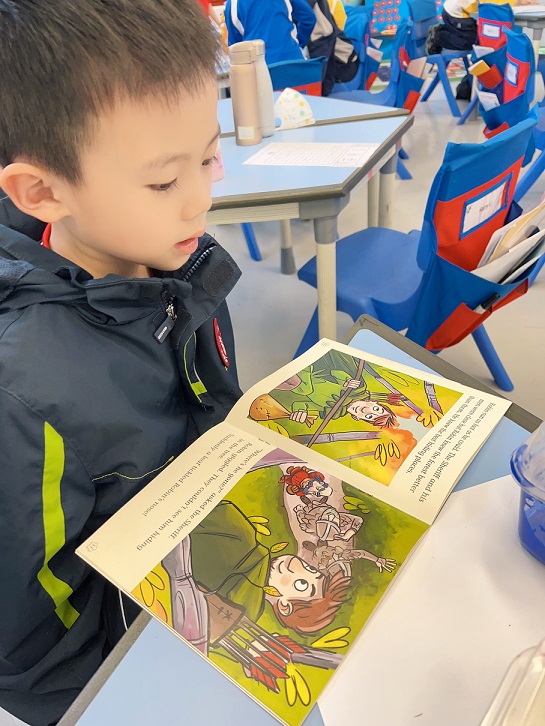
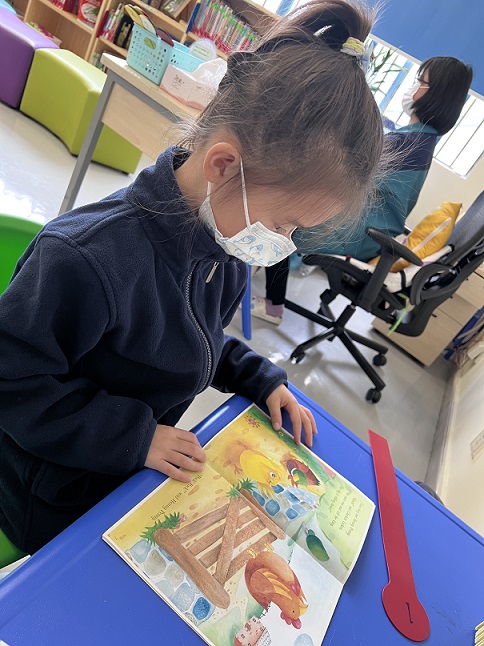
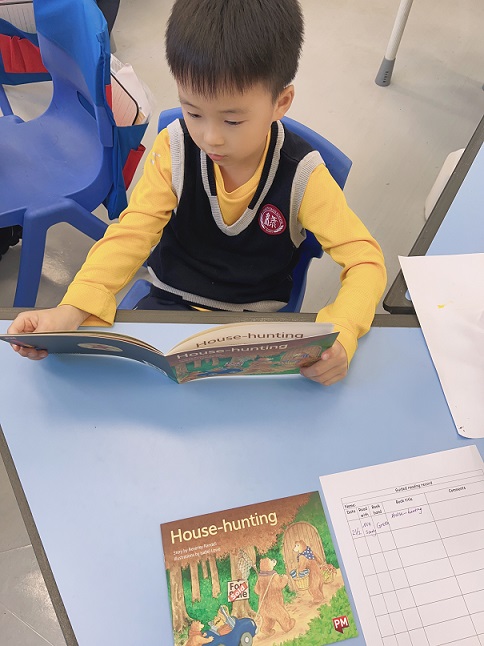
Reading and phonics promote each other. Reading can improve students' phonics skills, while phonics makes reading easier and better. Our students gradually train their phonic skills and expand their vocabulary by persistently reading materials appropriate for them before becoming free readers.




 Home
Home  About Us
About Us 
 Admissions
Admissions  Curriculum
Curriculum  Pastoral
Pastoral  School Life
School Life  LMS
LMS  Contact Us
Contact Us 









 Home
Home  About Us
About Us  Admissions
Admissions  Curriculum
Curriculum  Pastoral
Pastoral  School Life
School Life  LMS
LMS  Contact Us
Contact Us 

